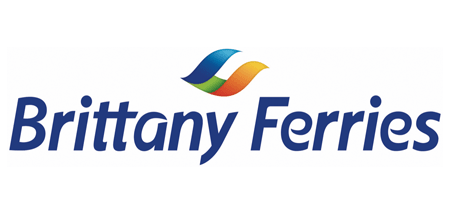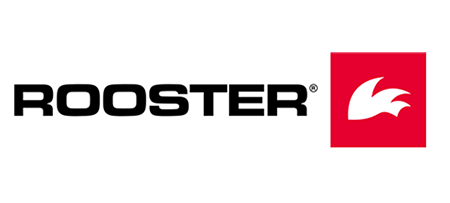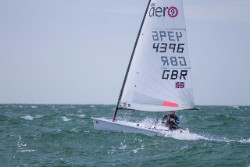
Welcome to the International Class Association website for the RS Aero. Here you will find all there is to know about the RS Aero including the latest news, how to register your boat, and links to relevant documents.
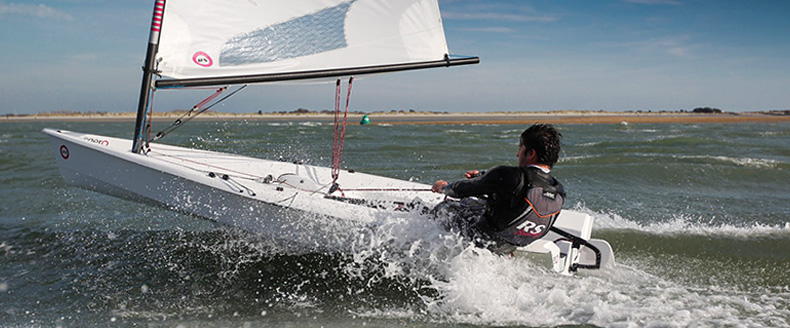
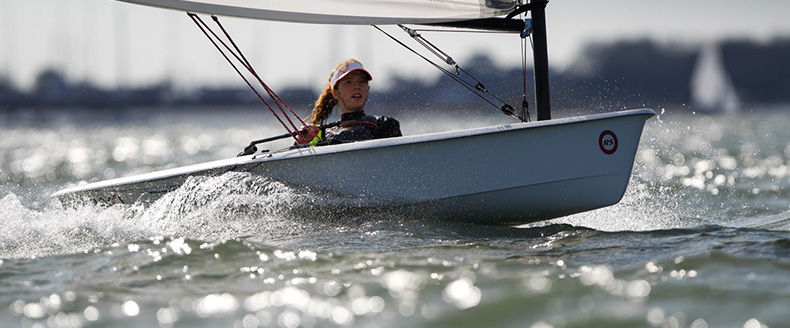
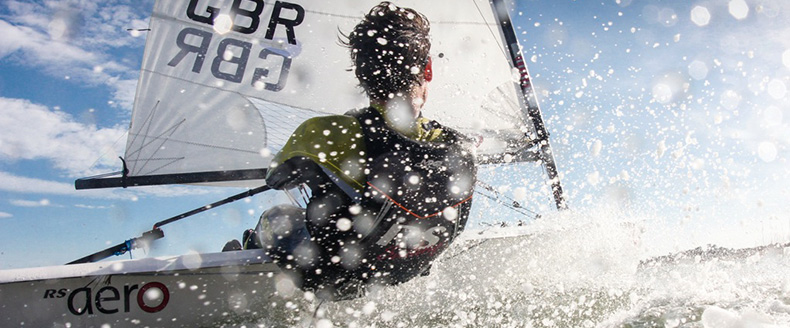
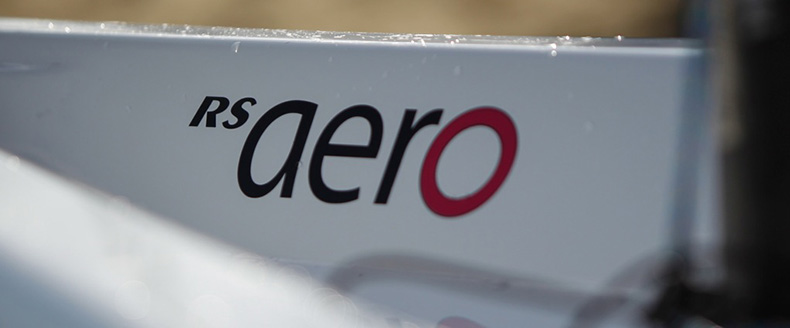
| Home >> Sailing Tips & Technique >> 'Trundling' upwind in 4-6kn |
I think the issue is the small leeward heel which if combined with an upwards movement & mainsail trim could be considered an ooch/pump. Having spent some time in N12s such movements would bring a fair amount of argument , but I appreciate things change, I would value the opinion of some-one who umpires top level laser events where these things are closely watched.
Reply
Reply
28/03/2016 16:46:43
Rickwill
Posts: 8
Great point Eminoxon! You have raised the perspective that the actions of a sailor towards the front of the fleet may be considered to break the rule by a sailor further back. Those actions are a likely reason they are placed as such. This could be a breakthrough!
I would consider the action I described as trimming rather than pumping.
I am suggesting the adjusting of the sheet to tension of the leach with an aim to achieve pointing and maintain flow with attention to the leach tell tales (which are after all a trimming aid, not a pumping aid). Any small change of direction, wind speed or angle would reinforce the need for trimming.
I am not suggesting repeated (only once in or out for each required trim, ‘taking of height’ or easing to ‘retain flow and exhaust’) and I am not suggesting fanning (imagine a paper fan), which together constitute pumping and are prohibited.
RRS 2013-2016
42.1 Basic Rule I would consider the action I described as trimming rather than pumping.
I am suggesting the adjusting of the sheet to tension of the leach with an aim to achieve pointing and maintain flow with attention to the leach tell tales (which are after all a trimming aid, not a pumping aid). Any small change of direction, wind speed or angle would reinforce the need for trimming.
I am not suggesting repeated (only once in or out for each required trim, ‘taking of height’ or easing to ‘retain flow and exhaust’) and I am not suggesting fanning (imagine a paper fan), which together constitute pumping and are prohibited.
RRS 2013-2016
… Her crew may adjust the trim of sails and hull, ...
42.2 Prohibited Actions
(a) pumping: repeated fanning of any sail either by pulling in and releasing the sail…
Reply
25/03/2016 00:18:12
Peter Barton
Posts: 5189
24/03/2016 21:38:12
Posts: 0
At the HAYLING TRAINING a week ago on the Saturday afternoon we had 4-6 knots which was enough to comfortably 'trundle' (flow over sail, water surface tension broken), rather than 'drift'. Tide was minimal as we were over the bank.
I saw plenty of examples of sailors 'locked in and static' where I felt they should have been more dynamic with mainsheet, tiller and body movement. With the kicker loose you have a good feel through your mainsheet hand of what leach tension you are using and this needs to be continually checked against the flow on the leach telltales. Small movements of that mainsheet hand adjusting leach tension is your gas pedal, treading the fine line between acceleration and stalling.
Keeping your other eye and senses on how your boat speed is will help identify when you have pressure, have accelerated and can then take some height. A small leeward heel and tweak of mainsheet tension will invite the boat to point up a little, helping facilitate steering and saving on the over use of your rudder which can be a brake.
Time in pointing mode is inevitably limited to the next change in pressure, small shift or wavelet and eventually you will stall with a rapid speed drop to follow UNLESS you quickly bear back off the wind and ease the leach to allow the air flow to exit cleanly and not stall. This is very much a cyclic process requiring continual assessment and refinement.
Reply
24/03/2016 10:24:15
Peter Barton
Posts: 5189
